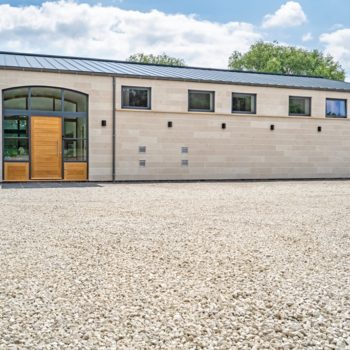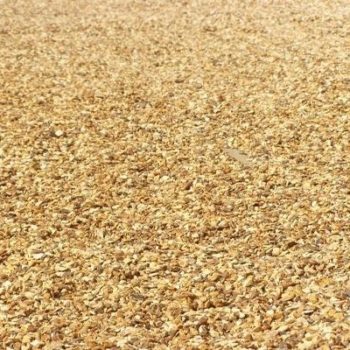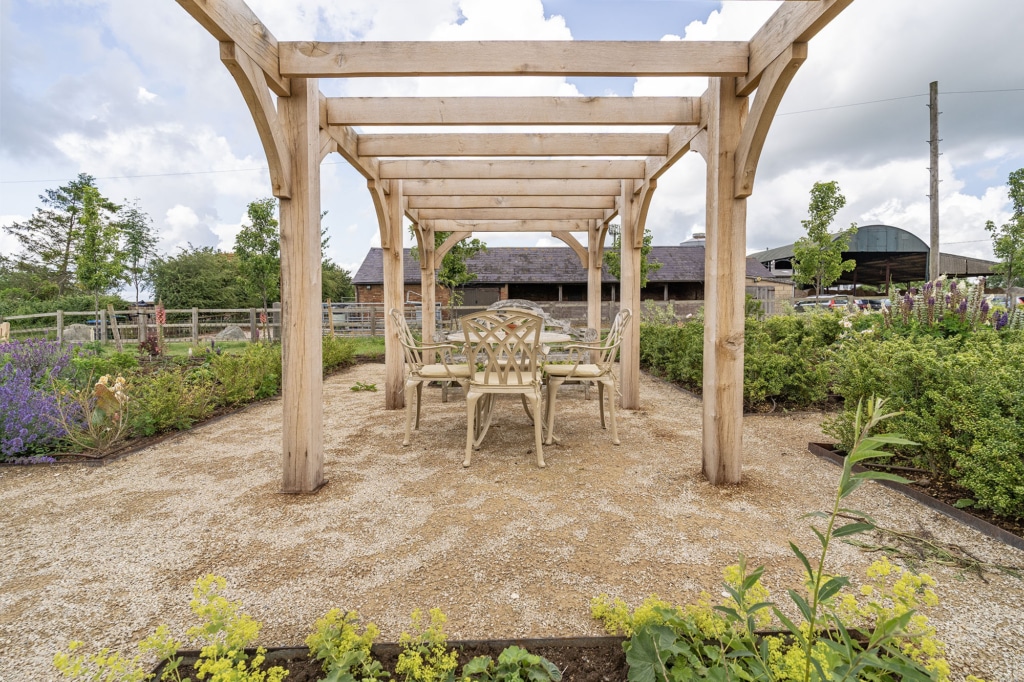
Self binding gravel is a blend of crushed stone and fine dust particles that, when compacted, form a solid but permeable surface. Unlike loose gravel, which tends to move around underfoot, this material locks together, making it ideal for walkways and lightly trafficked driveways.
It has a more finished appearance than standard gravel and is often used in settings where a natural look is preferred — from country gardens to heritage properties.




Self binding gravel is a natural-looking, hardwearing surface often used for paths, patios, and driveways. It’s a popular choice in both domestic and commercial landscaping. One reason is its ability to compact into a smooth, stable finish — all without needing extra binding agents.
At Stoneworld, people often ask us what sets self binding gravel apart, where it works best, and how to install it properly. Here’s a simple guide to everything you need to know.
This type of gravel is particularly suited to footpaths, cycleways, patios, and driveways. A self binding gravel path creates a firm and accessible walking surface with a rustic feel, while driveways benefit from its stability and low maintenance requirements.
It’s also used in public spaces such as parks and estates, where aesthetics, performance, and drainage are all important. The permeable nature of the material helps reduce water runoff, making it a popular choice in sustainable landscaping.

There are various colour options available, including warm golden tones and greys. Cotswold self binding gravel is one of the most widely used varieties for its traditional look, while limestone offers a subtler, more neutral finish.
Some products, like hoggin or Breedon self binding gravel, have built reputations for quality and consistency, making them go-to choices for larger or more visible projects.
Before choosing self binding gravel, it’s helpful to consider a few important points:
To get the most from self binding gravel, correct installation is essential. The typical process includes:
It is generally not recommended to lay the gravel directly on concrete, as this prevents adequate drainage and may cause the surface to fail over time.
If you’re unsure about quantities, using a self binding gravel calculator can help estimate how much material you’ll need based on area size and depth. Alternatively, consult with a supplier who can offer tailored advice.
Once installed, self binding gravel requires minimal upkeep. Occasional brushing helps maintain the surface, and lightly used areas can last for years without significant wear. High-traffic zones may benefit from a top-up every few years.
Avoid using pressure washers, as they can dislodge the finer particles that help bind the surface.
If you’re looking for a reliable source, choose a supplier who truly understands your project needs. They can offer bulk delivery and colour-matching services to make sure the material fits both the function and look of your outdoor space.
Self binding gravel offers a strong, attractive option for paths, patios, and driveways. Its firm finish and natural look continue to make it a top choice in both modern and traditional UK landscaping.
If you need help choosing the right type, planning your installation, or calculating the cost per m², the Stoneworld team is ready to assist — no pressure, just clear, practical advice.
Contact Stoneworld:
01844 279274
sales@stoneworld.co.uk